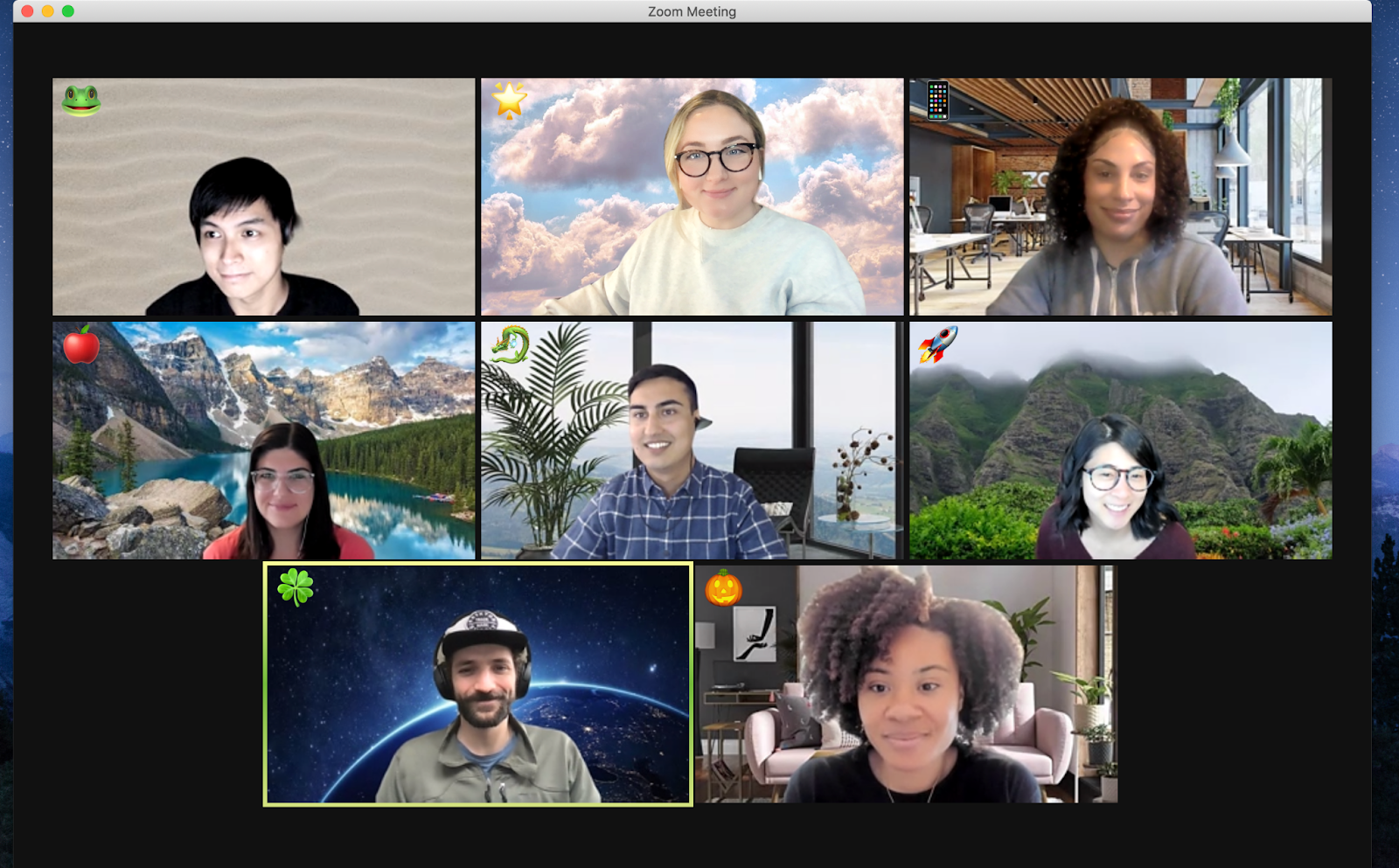At work, we spend a lot of time on video calls. For many jobs, this is a requirement. As common as it is though, I believe that Zoom fatigue is something that every company should pay attention to. It's real and it affects each of us who have been spending too long staring at screens trying to read between the lines. What exactly are "the lines" that I'm referring to? They are the subtleties of human communication. For hundreds of thousands of years, we've communicated face-to-face. We've evolved to pick up on subtle cues in communication, the rise of an eyebrow, the downturn of a lip. In the physical world, we can sense how a conversation was going and we adapt our tone and words to match the feel of the conversation. Zoom and video chat has changed the game but our minds haven't caught up.
Although I graduated with a science degree, I'm not a behavior scientist or anthropologist, so let's get that out of the way. I am a technologist and I have been working purely remotely for nearly eight years now. Covid has been great for the adoption of remote tools and technology. In these last two years, you'd be hard-pressed to find someone who hasn't used Zoom. I'm a betting man, and I'd wager a bet that most people would prefer in-person to a Zoom call. Why is that?
Like many of you, I've been guilty of drifting off during Zoom calls, surprise! I've been distracted by emails, unclosed tabs, and apps flashing on my screen. I used to play it off cool by dragging the app up near my camera on top of my screen so it would look like I'm listening when in fact I was working on something else. If you look closely at people's eyes on a call, they are doing it too. My guess is you are guilty as well!
Think about a physical meeting, in a room, around a table. There are six other co-workers in that room. Each has a pad of paper and pen, one has a laptop. The meeting starts and everyone focuses their attention on the speaker. As a good active listener you notice the eyes and body language of the other listeners, they are engaged. They take turns listening, repeating, and clarifying what is being shared. However, that one employee on the laptop is present, but looking at their screen, typing away. Are they listening? How do you feel energetically when that team member "appears" to be doing something other than actively listening? This is what happens to everyone on a Zoom call. Most of us are distracted and disengaged.

That disengagement is an energetic drain. Our minds are subconsciously trying to unravel the messages we are receiving from the faces in the (virtual) room. We're virtually "here" but the connection is missing because we can't trust the facial cues we are receiving since we lack the context of being in the same place. Yet, there is a solution.
In my experience, I've found these tips to work fantastically for recreating the physical meeting environment for the best possible connection.
- Go Full Screen! Yes, hide all the other windows. They take your eye off the speaker and they distract you from fully engaging. For many the first response will be, "but I take notes during the meeting on my computer." I get that, try using a pad of paper and a pen. Go back to the old-school method and digitize your notes later. Science has shown it is better to take notes on paper rather than typing them on a keyboard.
According to a study, Pam Mueller and Daniel Oppenheimer of Princeton University and UCLA Los Angeles, taking notes on laptops rather than in longhand is increasingly common. The present research suggests that even when laptops are used solely to take notes, they may still be impairing learning because their use results in shallower processing. In three studies, we found that students who took notes on laptops performed worse on conceptual questions than students who took notes longhand. We show that whereas taking more notes can be beneficial, laptop note takers’ tendency to transcribe lectures verbatim rather than processing information and reframing it in their own words is detrimental to learning. - Highlight the Speaker, Hide the Gallery. When a speaker is front-and-center on your screen the connection is more real. Center your speaker's face under your webcam for maximum effect. In this view, the other non-speakers in the meeting should be minimized or in a thumbnail view.
- Mics & Rooms. I'm all about mobility and while I love the idea of being on a conference call while at the airport, it's a bad idea. It's also inconsiderate to the members on the call who are in a private setting. We mute our mics because often the environments we are in are too noisy, however when you prepare better for a call you can find a private room that is conducive to a good call. Leaving the mic "hot" allows for synchronous communication that is far more natural. Now if there is a loud noise or dog barking, by all means, mute until the noise subsides.
- Share a Virtual Whiteboard. Collaborate on a shared virtual whiteboard, I personally like Mural, Miro, or even a Google Doc. Adjust the permissions to give all members on the call access to the shared workspace.
- Record It. These meetings are digital and can be recorded and transcribed. Microsoft Teams has this feature built into their app. If the meeting isn't sensitive this is a good solution for having a point of reference for later review.
There is no more going back to "normal", the pandemic has changed the way we live on a fundamental level. Remote working and meetings are here to stay but I hope that with these few tips you'll have a more engaging and productive meeting.

